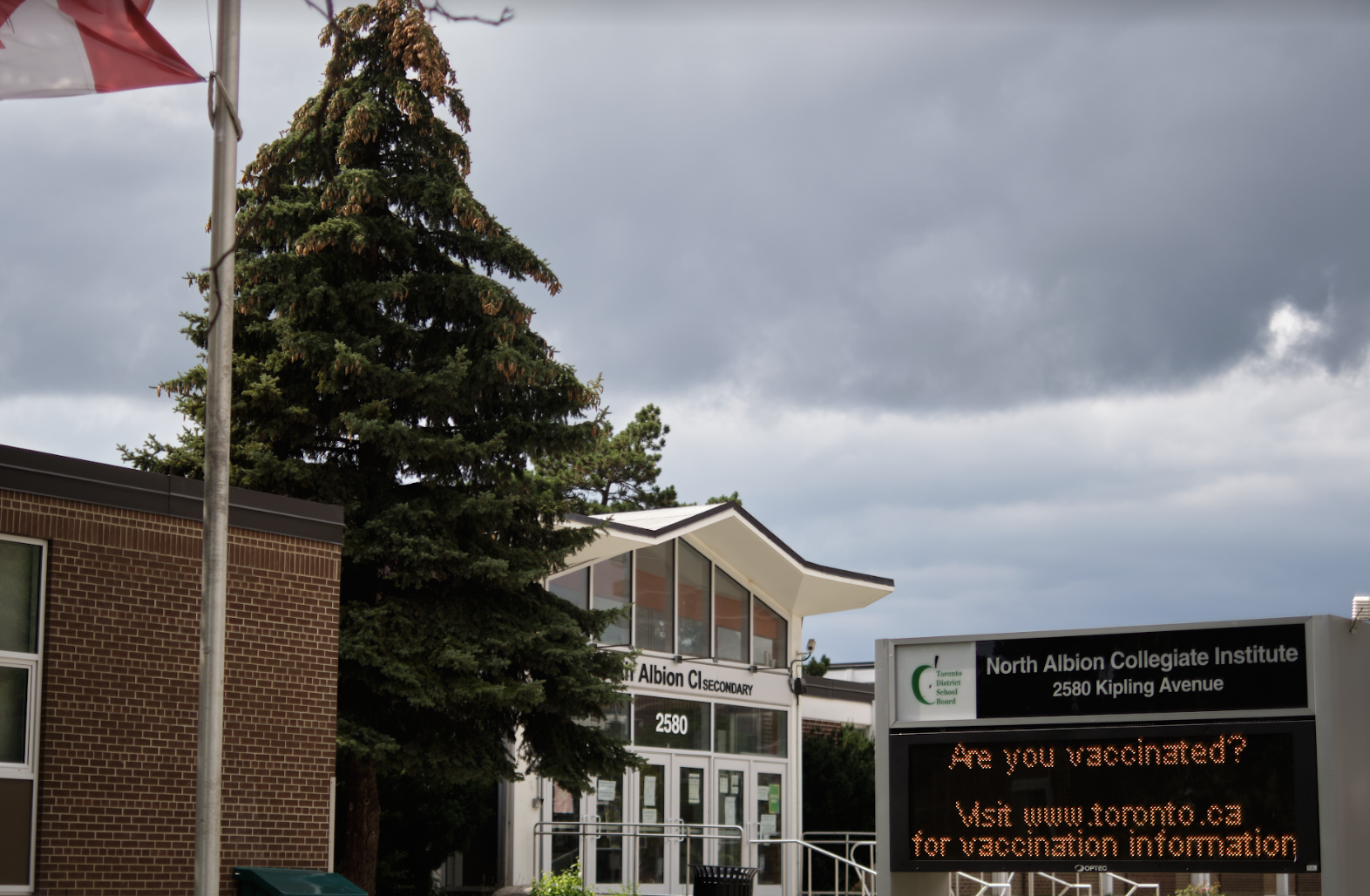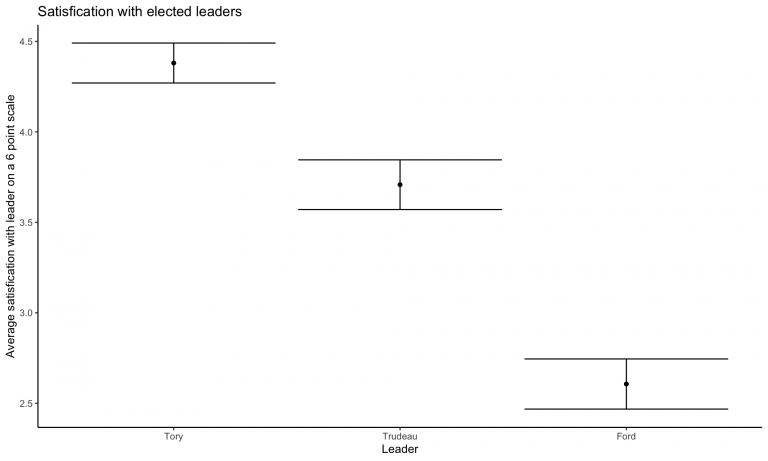The Role of Government in Moving Neighbourhoods Forward
Residents perceive government at the local level through personal connection and service delivery, with lower levels of trust for City Hall.

The Role of Government in Moving Neighbourhoods Forward
Key points:
- Policy implementation depends on resident confidence in government, leadership, and societal institutions.
- Residents indicated strong satisfaction with Mayor John Tory and considerable dissatisfaction with Premier Doug Ford.
- The police were the most trusted institution, while city hall, city councillors, and unions were the least trusted. Residents also showed greater trust in the school system and local charities and organisations.
- Interviewees often attributed spotty service provision and poor upkeep of infrastructure and the public realm to a lack of respect.
- Direct personal engagement by politicians and leaders was seen as a sign of care and concern
- Residents prioritised tangible improvements to the public realm over political ideology
Residents perceive government at the local level through personal connection and service delivery, with lower levels of trust for City Hall.
In addition to understanding what residents prioritise in their neighbourhoods, Community Voices aims to unpack residents’ views about the role of government in achieving these priorities. This is important because without trust and confidence in government and leadership, even policies that evince widespread agreement will be difficult to implement. Accordingly, this section discusses our findings regarding residents’ confidence and support for leaders and institutions as well as their satisfaction and engagement with government.
Residents’ confidence and support for leaders and institutions
Overall, our survey showed a majority of residents generally held positive views of leaders (especially mayor John Tory and Prime Minister Justin Trudeau) and governments, with two major exceptions: residents strongly disapproved of Ontario Premier Doug Ford, and confidence levels in City Councillors and City Hall were notably lower than for other civic institutions.
The low satisfaction with Premier Ford was especially notable in that much of our study area includes parts of Toronto known colloquially as “Ford Country,” which suggests that Doug Ford’s appeal in these communities had waned relative to his brother, former Mayor Rob Ford. Our survey was conducted during the 2019 Federal election and a public controversy about school funding, and this might have influenced results — though we saw no meaningful deviation throughout the course of our data collection in respondent ratings of any elected officials, including Prime Minister Justin Trudeau. Respondents overall showed strong support for Mayor John Tory.
Confidence in institutions is a widely used indicator by social researchers to gauge societal or community trust overall and in particular organisations. We examined confidence in the police, local media, unions, local charities, city hall, local city councillor, and the school system. Results showed that confidence in Toronto City Hall and Toronto City Councillors were the lowest; in fact, the majority of respondents were either neutral or did not have confidence. By contrast, about 60% of respondents had some level of confidence in the police, 18% were neutral, and only 15% did not have confidence. Moreover, 48% of respondents agreed that City Hall pays enough attention to their neighbourhoods, though a slim majority did feel the City was responsive and delivered quality services. Still, the lower levels of confidence in City Hall and City Councillors, as well as the high levels of confidence in police, were shared between the lower and higher SES neighbourhoods. These findings are consistent with prior studies conducted in Toronto.⁴
Overall, the survey shows multiple overlapping trends around residents’ perceptions of government. In regards to taxation, a majority of respondents (around 60%) did want to see the government raise taxes for policy areas that they prioritised in their neighbourhoods. This seems to suggest that residents in our focus communities were not averse to government intervention or paying more for taxes to pay for their priority areas, especially if they are for amenities or direct services.
⁴ See here.






